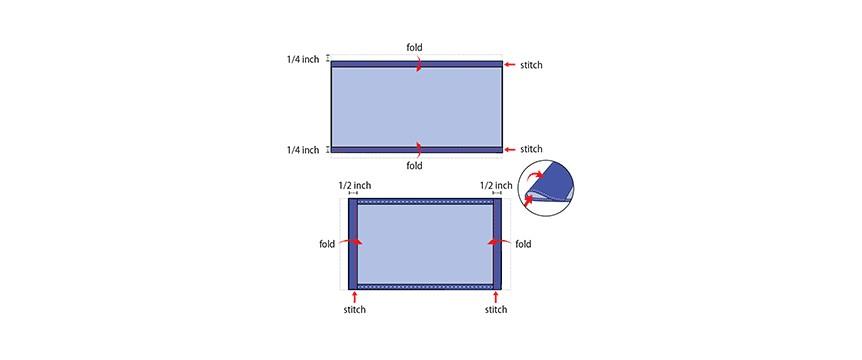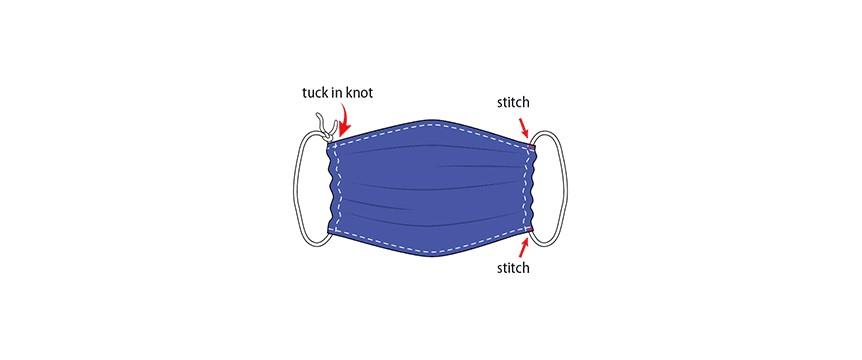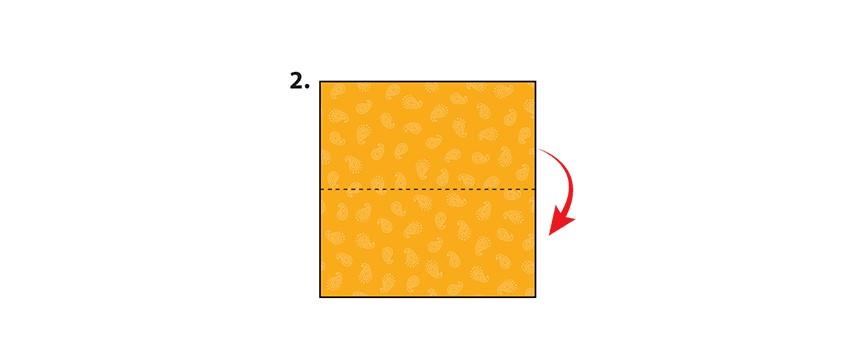LIFESTYLE NEWS - Never before has an accessory become such an instant global hit. Starting out as sterile-looking, blue pieces of cloth, these germ catchers are now manufactured by all and sundry and come in a myriad of shapes, sizes and colours.
The humble face mask has indeed become essential for survival in the months since Covid-19 started spreading across the globe.
And, from Workers' Day, Friday 1 May, the wearing of a mask in public and in the workplace is compulsory.
Any mask is better than nothing, and we are strongly advised to not buy medical masks which are in extremely short supply, leaving these for health workers for whom they are vital.
But how to go about making our own mask? With suggestions from the Centers for Disease Control and Prevention (CDC) website, combined with some good old-fashioned experience, here are some ideas:
DISPOSABLE KITCHEN COQUETTE
This simple mask can literally be sourced from everyday items in your kitchen.
What you need: kitchen paper, rubber bands and a stapler
How to make it: Thoroughly wash or sterilise your hands and the worktop. And the stapler. That was the bulk of the work. Now take out two rubber bands from the packet you bought at the supermarket's stationery section and set them down within reach. Tear off two or three sheets of paper from your kitchen roll and place them in landscape orientation on the worktop, one on top of the other. Fold all the layers together, into ±3cm wide zig-zag folds, and press down to set the folds. Fold one end over one of the rubber bands and staple the band into place. Repeat on the other side. Pick up the mask by the rubber bands and hook the bands behind your ears. Carefully pull open the paper folds to cover your nose and mouth.
WANNABE MEDICAL MASK
This one is more serious. You actually have to go out and buy the stuff dressmakers use to stiffen collars and button strips and you need a sewing machine.
What you need: The above-mentioned fabric, scissors, some thread and again some elastic (8-cord is about the width you're looking for). And disinfectant for the scissors and the sewing machine.
How to make it: Method A: Cut rectangles [about 26 x 16cm] from the fabric. Put two or three layers on top of each other. If you're using cotton, hem all four sides. Now put it on your sterile worktop, landscape-oriented, and fold into ±3cm wide zig-zag folds. Keep the folds on each side together with a pin or two. Cut two pieces of elastic, about 16 to 18cm long, depending on the size of your head. Push both ends about 1cm into the folded cloth, spacing them at the top and bottom of the 3cm folds, and stitch in place. Take out the pins.
Method B: Cut the fabric as above. Using two or three layers, hem the long sides. Fold over the short sides and hem down, forming hems wide enough for the elastic. Cut two pieces of elastic about 16 to 18 cm long, depending on the size of your head, thread them through the hems and stitch the ends together to form the ear loops. Gather the sides of the mask closer together and adjust to fit snugly around your face.
 Wannabe medical mask STEP 1
Wannabe medical mask STEP 1
 Wannabe medical mask STEP 2
Wannabe medical mask STEP 2
T-SHIRT MAKESHIFT
What you need: A T-shirt, washed as clean as you can get it, a pair of sterilised scissors, two strong rubber bands or hair bands
How to make it: Cut out a square of ±50cm x 50cm through both layers of the T-shirt. Fold the top and bottom parts towards the middle so that the top and bottom edges meet. Place the two rubber bands over the folded cloth, about 16cm apart. Fold the sides in toward the centre and tuck. The rubber bands go over your ears 'et voila!' The added bonus is, you can wash it any time you like.
 T-shirt STEP 1
T-shirt STEP 1
 T-shirt STEP 2
T-shirt STEP 2
PS. Have a good flirt - wear false eyelashes and let your eyes do the talking...
For more about mask-making go to www.cdc.gov/coronavirus/2019-ncov.
'We bring you the latest Garden Route, Karoo, Hessequa news'

















